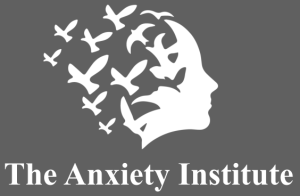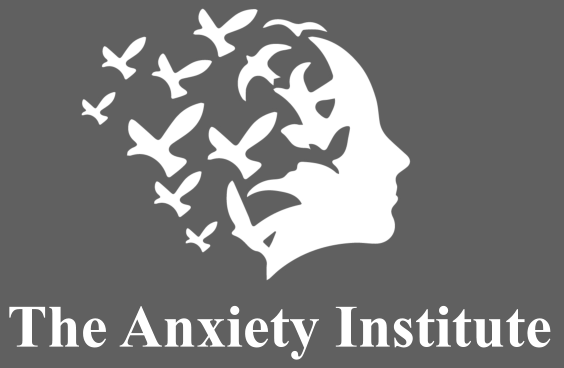Body Dysmorphic Disorder
Body Dysmorphic Disorder (BDD) is a mental health condition where an individual is consumed by the belief that there is a severe flaw in their appearance, often imagined or significantly exaggerated.
This preoccupation goes beyond normal appearance concerns, becoming an excessive and persistent thought that leads to considerable distress and functional impairment in daily life.
The Nature of BDD
Individuals with BDD are trapped in a cycle of intrusive thoughts about their perceived physical imperfections, finding these thoughts almost impossible to shake off or control. The disorder is characterized by time-consuming rituals, such as repeatedly checking one’s appearance in the mirror, seeking constant reassurance from others about their looks, and going to great lengths to hide or fix the perceived flaw. These behaviors are not merely habits but are driven by deep-seated fears and anxieties about their appearance.
Psychological Impact and Social Consequences
The psychological impact of BDD is profound. Those affected often suffer from severely low self-esteem, feeling worthless or unlovable if they believe they fall short of perceived societal standards of beauty or perfection. This intense focus on a perceived flaw can lead to significant life changes, including withdrawing from educational opportunities, employment, and social interactions, further isolating the individual and exacerbating the condition.
BDD and Its Relationship with Other Disorders
There is a notable intersection between BDD and Obsessive-Compulsive Disorder (OCD), with some individuals experiencing symptoms of both conditions. Despite these similarities, distinct differences exist in the personal lives and additional mental health challenges faced by those with BDD. Compared to individuals primarily diagnosed with OCD, those with BDD are less likely to be in marital relationships, more likely to suffer from co-occurring depression, and exhibit a higher propensity for suicidal behavior.Social anxiety and phobia also play a crucial role in the development and perpetuation of BDD. The intense fear of negative evaluation by others can fuel the preoccupation with appearance, creating a vicious cycle that is hard to break.
Understanding and Addressing BDD
Recognizing BDD is the first step towards healing. Due to the nature of the disorder, individuals may be hesitant to seek help, often out of fear of being judged or misunderstood. It is crucial for healthcare providers, friends, and family members to approach the subject with sensitivity and understanding, offering support and encouraging professional intervention.
Treatment for BDD typically involves a combination of cognitive-behavioral therapy (CBT), which helps individuals challenge and change their distorted perceptions of their appearance, and medication, particularly selective serotonin reuptake inhibitors (SSRIs), to manage the obsessive and compulsive aspects of the disorder.
With the right support and treatment, individuals with BDD can learn to overcome their preoccupations with appearance, leading to improved mental health and a more fulfilling life.
Body Dysmorphic Disorder is a complex condition marked by an overwhelming concern with imagined or minor flaws in appearance. Understanding the nuances of this disorder, recognizing its symptoms, and seeking appropriate treatment are essential steps in navigating the path to recovery and regaining a sense of self-worth and well-being.

